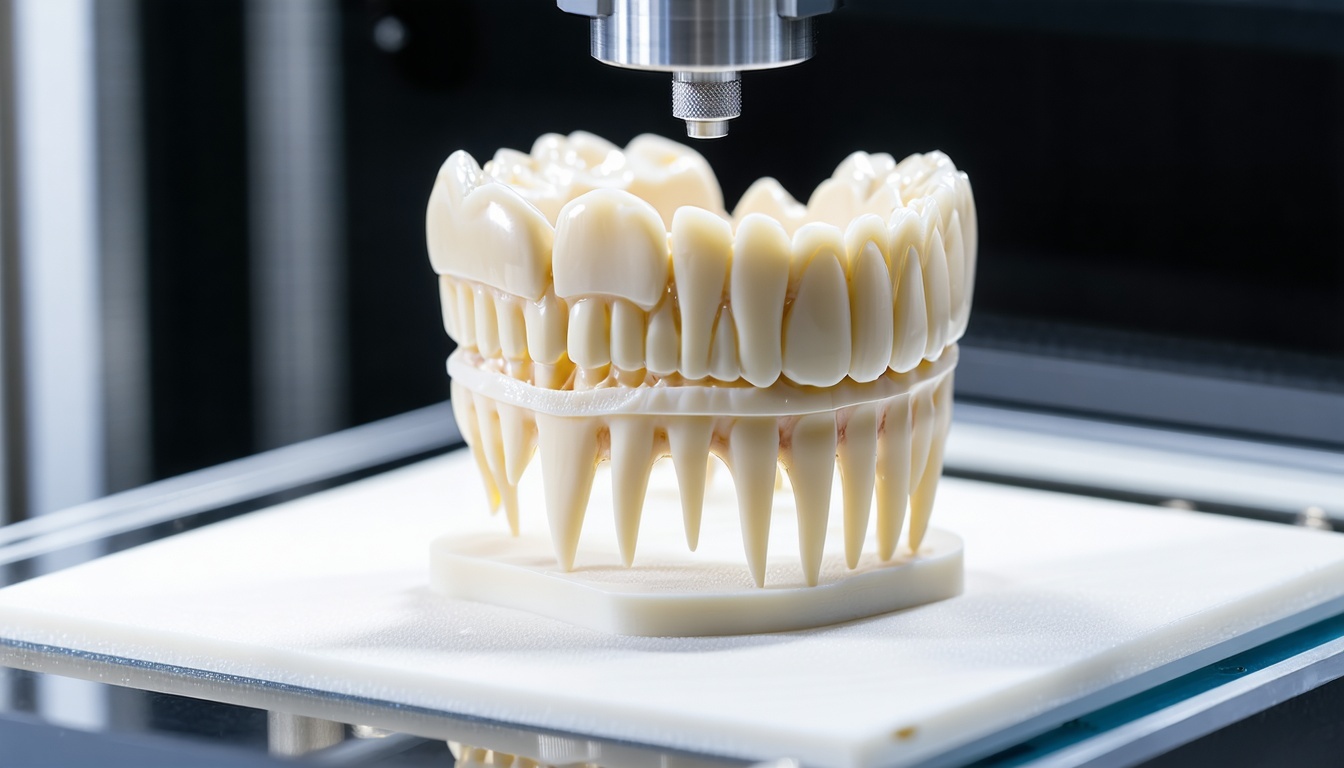
Discover how dental 3D printers are transforming the landscape of oral care, from precision dentistry to patient satisfaction.
The Evolution of Dental Technology
Dental technology has undergone significant advancements over the past few decades, moving from traditional methods to highly sophisticated digital solutions. The introduction of CAD/CAM systems and intraoral scanners has paved the way for more accurate diagnostics and treatments, reducing the margin for error and improving patient outcomes.
3D printing has emerged as a game-changer in this evolution, enabling dental professionals to create precise and customized dental appliances rapidly. This technology not only enhances the quality of dental care but also streamlines many processes within dental practices.
Precision and Efficiency in Dental Treatments
3D printing technology offers unparalleled precision in creating dental models, crowns, bridges, and other appliances. This accuracy translates to better fitting dental prosthetics, which are crucial for patient comfort and long-term oral health.
Efficiency is another significant benefit. Traditional methods of creating dental appliances are time-consuming and often require multiple adjustments. With 3D printing, dental labs can produce high-quality models quickly, reducing the time patients need to spend in the dentist's chair.
Enhancing Patient Experience with Custom Solutions
One of the most significant advantages of 3D printing in dentistry is the ability to offer highly personalized solutions. Each patient's oral structure is unique, and 3D printing allows for the creation of custom appliances that fit perfectly, enhancing both comfort and effectiveness.
From individually tailored aligners to custom-fit implants, 3D printing ensures that every dental solution is as unique as the patient, leading to higher satisfaction rates and better overall oral health.
Cost-Effectiveness and Time Savings for Practices
Investing in 3D printing technology can be a cost-effective move for dental practices. While the initial investment may be significant, the long-term savings are substantial. Reduced material waste, fewer remakes, and less time spent on manual adjustments all contribute to lower operational costs.
Moreover, the speed at which 3D printers can produce dental appliances means practices can see more patients in a shorter amount of time, increasing overall efficiency and profitability.
Future Trends and Innovations in Dental 3D Printing
The future of dental 3D printing is incredibly promising, with continuous advancements in materials and printing techniques. Biocompatible materials are becoming more prevalent, allowing for safer and more durable dental appliances.
In addition, emerging technologies like AI and machine learning are being integrated with 3D printing, offering even greater precision and customization. As these technologies evolve, they will further revolutionize dental care, making treatments more effective, accessible, and affordable.


COMMENTS